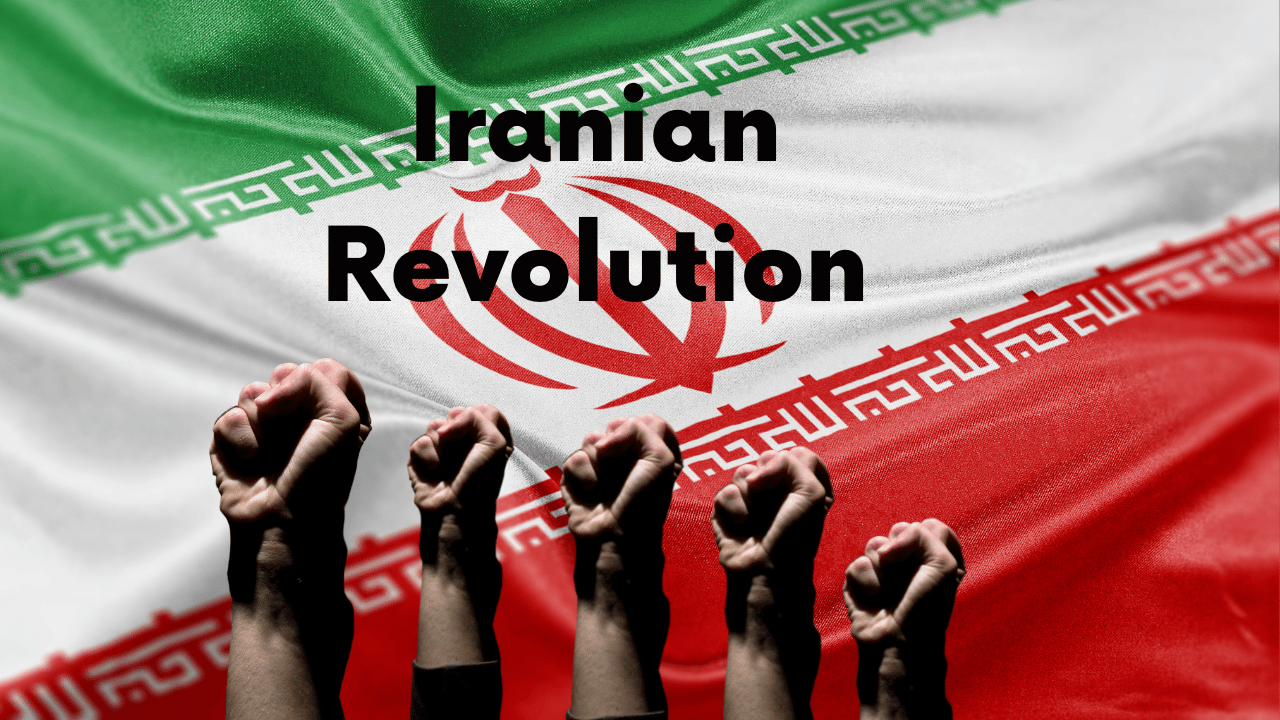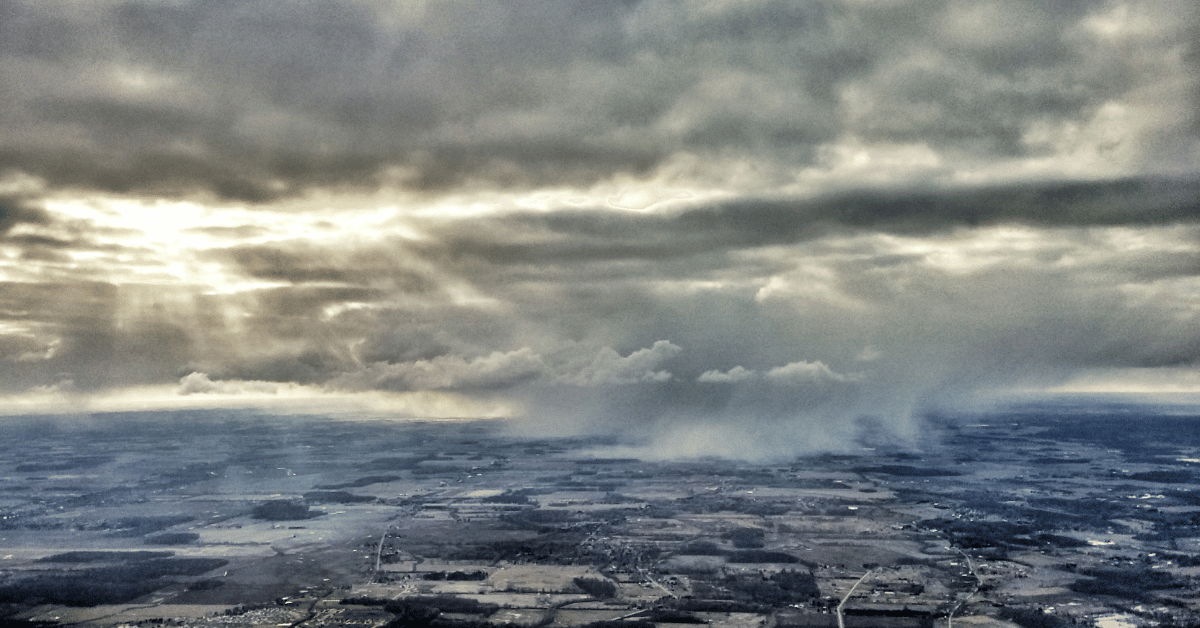Iranian revolution 1979 witnessed a great revolution which changed its geopolitics outright.
A Brief History of Persia
There were three dynasties that ruled over Persia and modern Iran.
Safavid Dynasty
The Safavid dynasty was the first to rule over modern Iran. It ruled from 1501–1736. It made Iran an official Shia Islamic state. Shah Sultan Hossein is considered the reason for the fall of the Safavid dynasty because of his incompetence and indifference toward state affairs.
Qajar Dynasty
The Qajar dynasty was an Iranian dynasty of Turkic origin that ruled from 1794 to 1925. This dynasty’s main task was to give the clergy-ulema political power. Reza Khan, commander of the Persian Cossack Brigade, rose to prominence in Iran after staging a coup. After Ahmad Shah was exiled in 1923, Reza Khan established his “Pahlavi dynasty.”
Pahlavi Dynasty
From 1925 to 1979, the dynasty ruled Iran. It had only two kings, and then the Iranian Revolution took place following the end of the Pahlavi dynasty.
Discovery of Oil Resources in Iran
In 1908, oil resources were discovered in Iran. The United Kingdom and the Soviet Union raced to have access to those resources. Finally, the UK got success which led to the formation of the London-based Anglo-Persian Oil Company. With the help of Britain, Reza Khan removed the Qajar dynasty and established the Pahlavi dynasty.
He brought drastic changes to Iran:
- Government of the secular Western type
- Dictatorial Rule
Removal of Reza Shah
During World War II, Britain was dissatisfied with Reza Shah. He was removed, and his son Muhammad Reza Shah came into power. The conflict between the Shah of Iran and the elected Prime Minister
Elections were held in 1951, and Mohd Mossadegh was elected Prime Minister of Iran. He did not abide by the Shah’s instructions and nationalized oil resources, which meant no oil for Britain. Iran’s oil is for Iranians. Shah was exiled to Europe. Following Prime Minister Modi Mossadegh’s removal from power, a coup was staged with the assistance of the CIA and MI6. Shah got back to power.
Reforms under Shah
Economic reforms were introduced in Iran. The oil industry was developed. Westernization, modern education, and institution were developing in Iran. And Iran became a close ally of the USA and other Western powers. These reforms were opposed mainly because of the inclusion of Western norms into Iranian society. It was believed that Shah was abusing his powers. A member of the clergy, Roohullah Khomeini, stood up and protested. He was arrested and then exiled to Iraq and France later.He continued his preaching through his writings in Iran.
Key Reasons for the Iranian Revolution
- It was a public perception that the government was corrupt.
- uneven distribution of oil benefits. The elite class benefited the most at the expense of the poor.
- Economic inequality was increasing, which enraged the public against Shah.
- Westernization and modernization were not accepted by the conservatives
The point to be noted is that this revolution was not started to found the Islamic Republic. The sole purpose of the revolution was to remove the government.
Major Events
- In 1975, Shah abolished all the political parties. There was a one-party system: Shah’s Resurgence Party.
- Censorship was imposed, and the media was not permitted to broadcast any news without Shah’s permission.
- The secret police started arresting political leaders.
- Protests began in October 1977, with students making up the vast majority of demonstrators.
- On January 6, 1978, an article criticizing Roohullah Khomeini was published, which proved to be the final nail in the coffin. Millions of people came out of their homes. The use of force could not make any difference to the situation. In this situation, the United States assured the Shah of its full support as well as military assistance if required.
- In September 1978, martial law was imposed. Nobody was allowed to come out of the home, but this tactic also failed. Workers from different institutions also joined the protests, and a significant rise in protests was seen in Muharram, a month of mourning in which Shi’is mourn and commemorate the sacrifice of one of their imams, Imam Hussein ibn Ali.
- On January 16 January 1979, Shah fled the country for medical reasons.
- Roohullah Khomeini returned to Iran. He dismissed the prime minister and suppressed all the opponents.
- He imposed Sharia law in Iran.
- A constitution that was pro-democratic in nature was drafted. However, there was one exception: the supreme leader.
- The Supreme Leader was considered above all. All government and military allocations cannot be made without the approval of the Supreme Leader.
- The Islamic Revolution Guard was formed to preserve the revolution. It was made to tackle any kind of threat to the revolution.





One Comment on “Iranian Revolution And Its Causes”